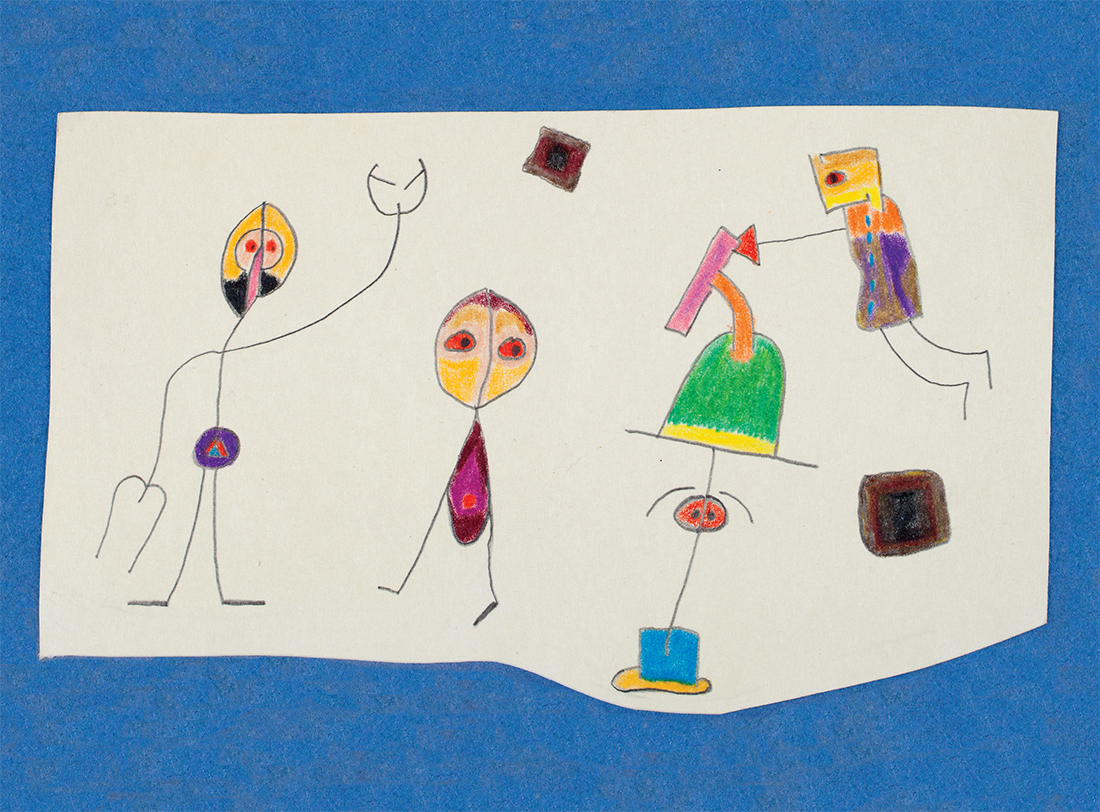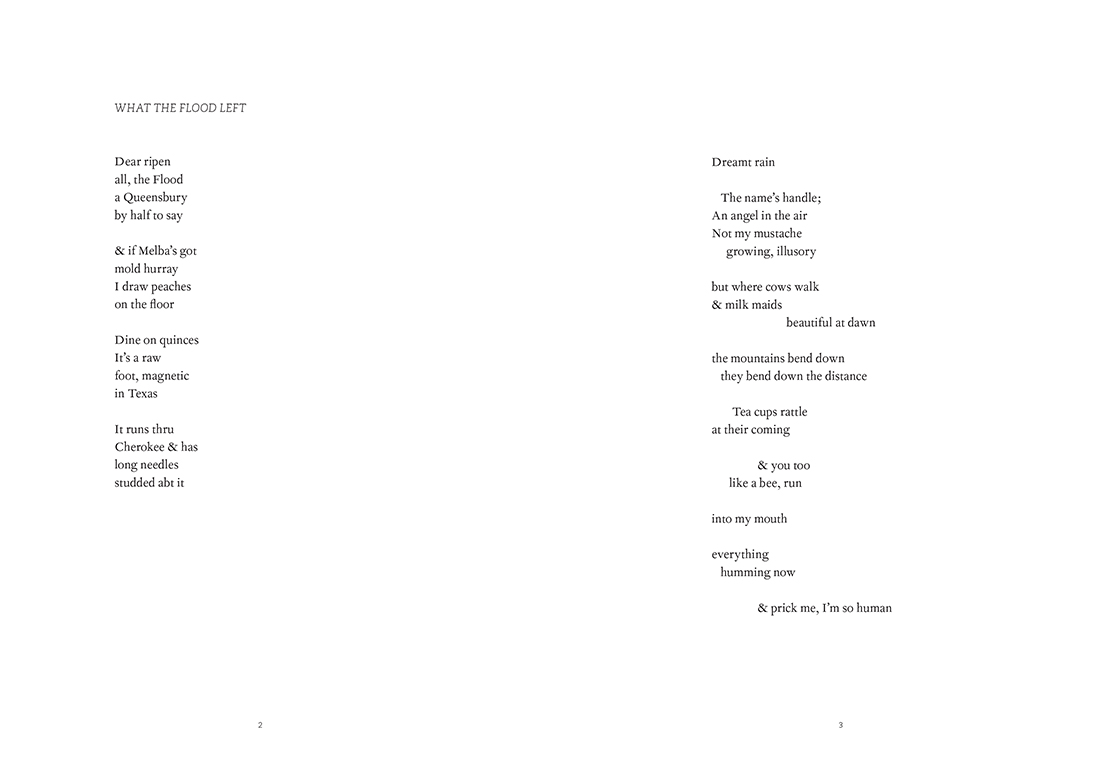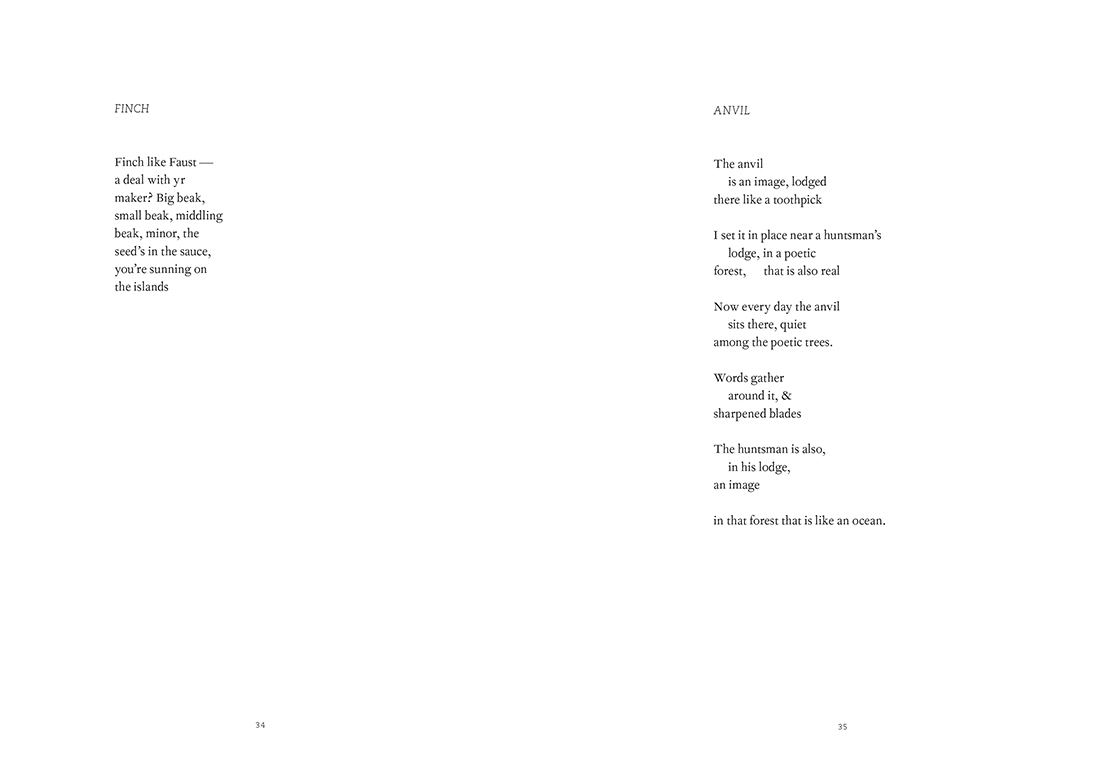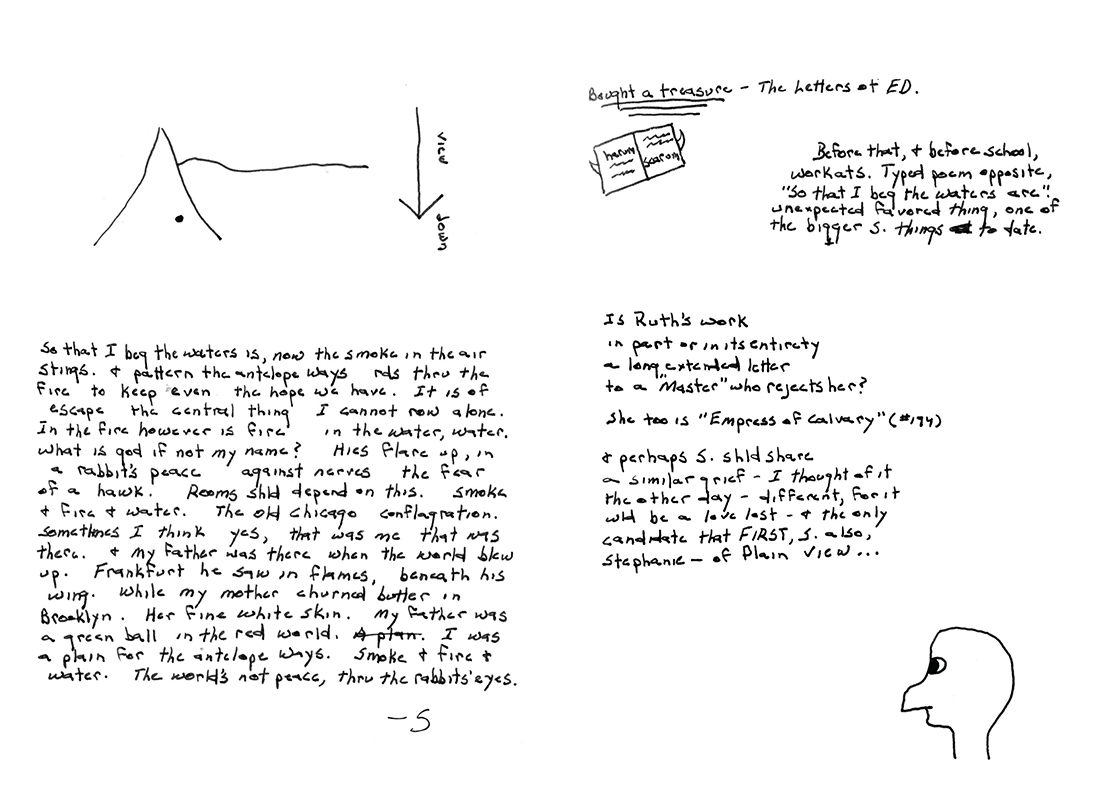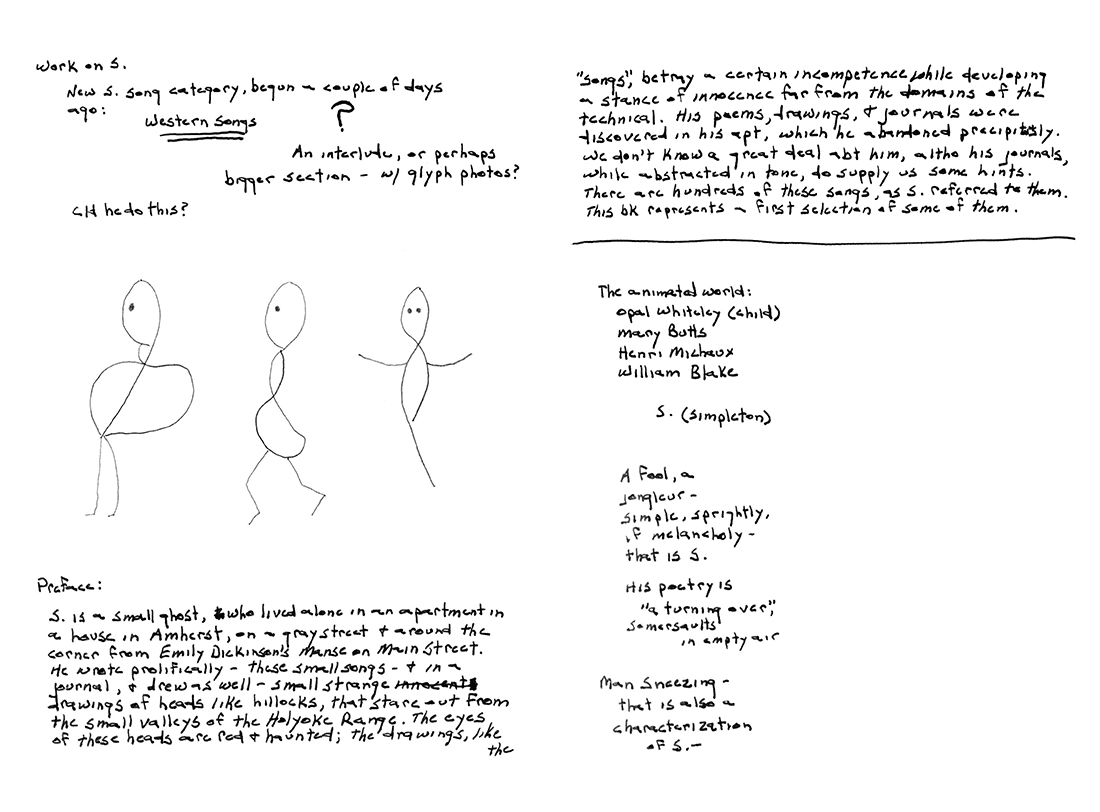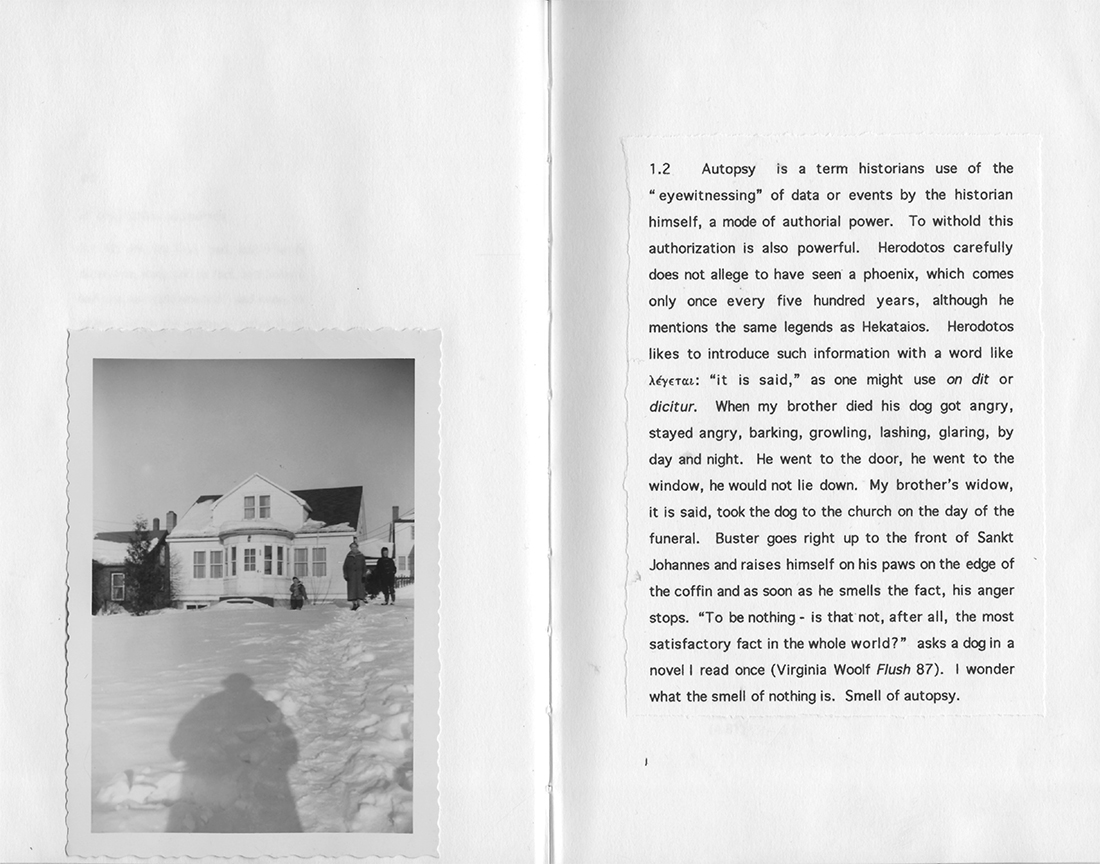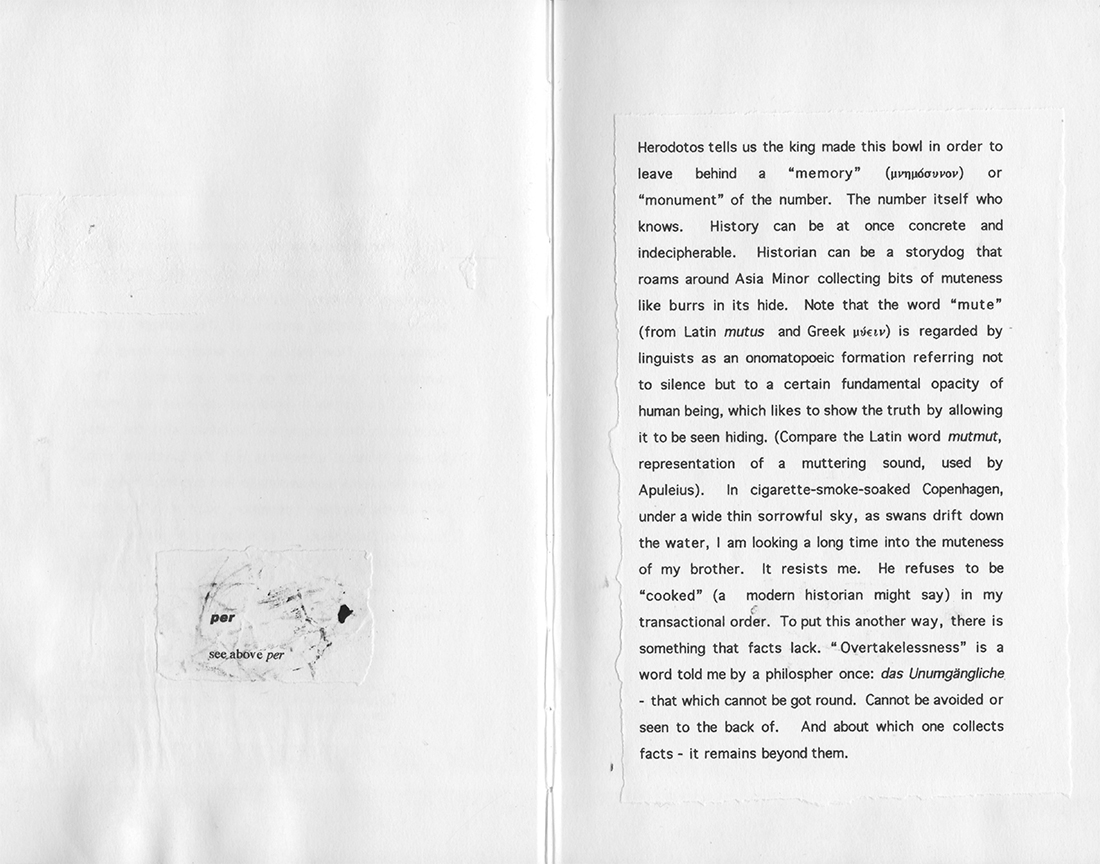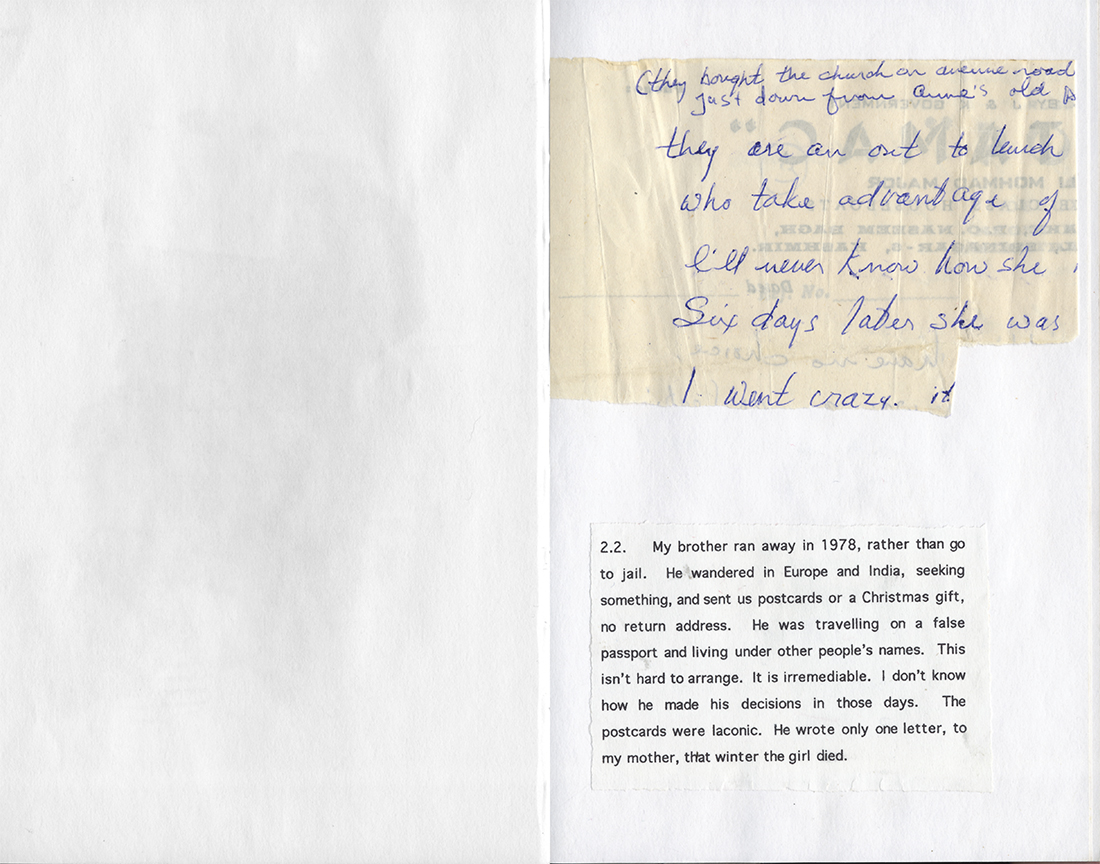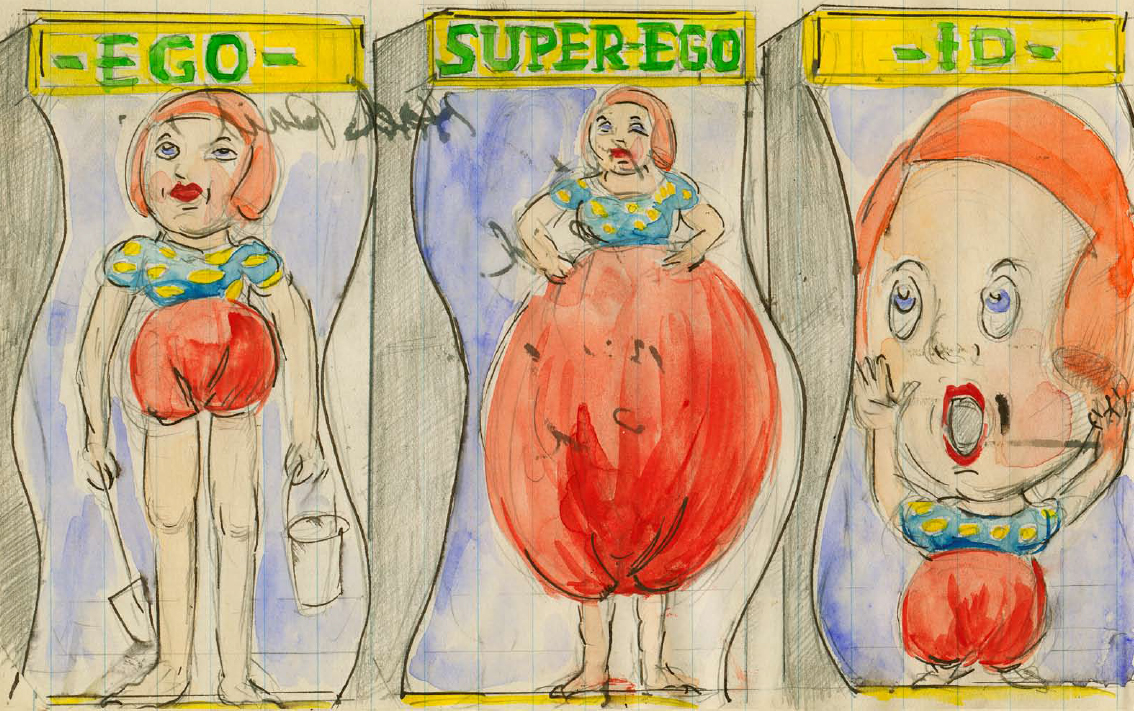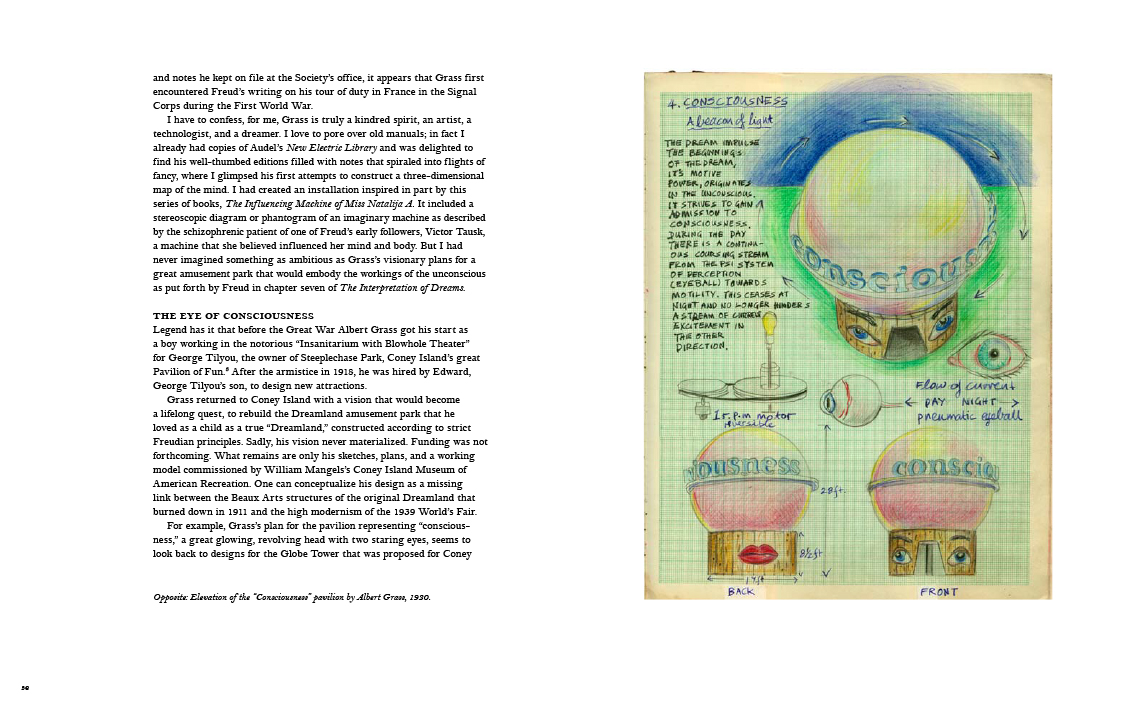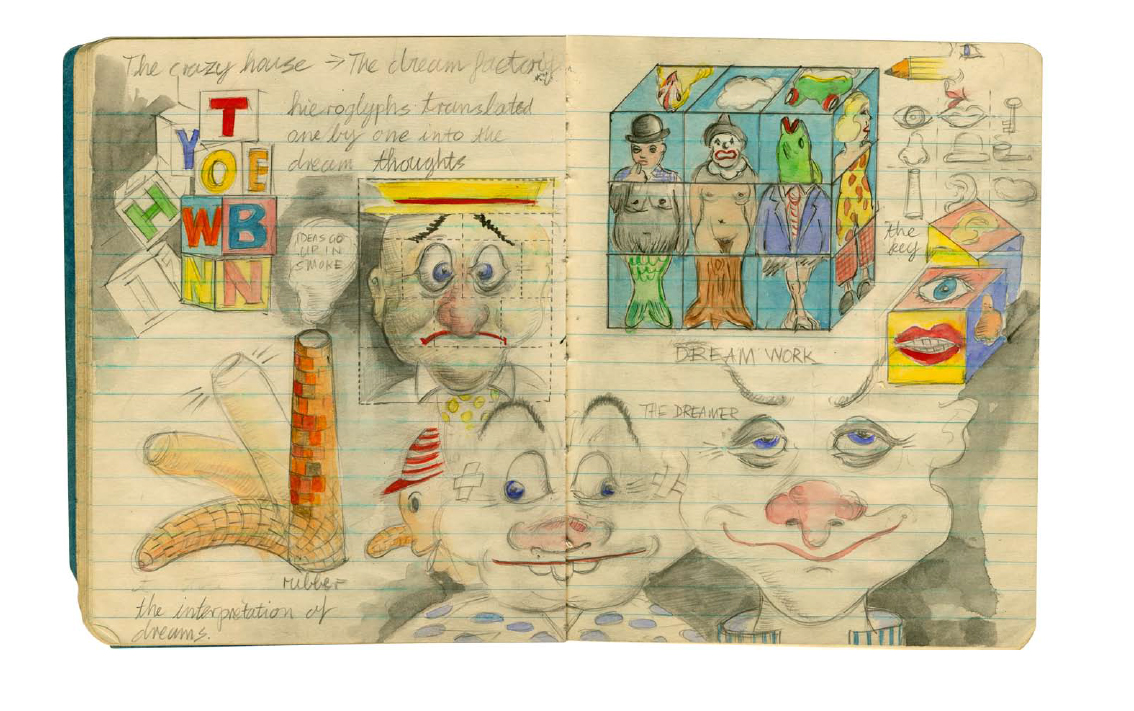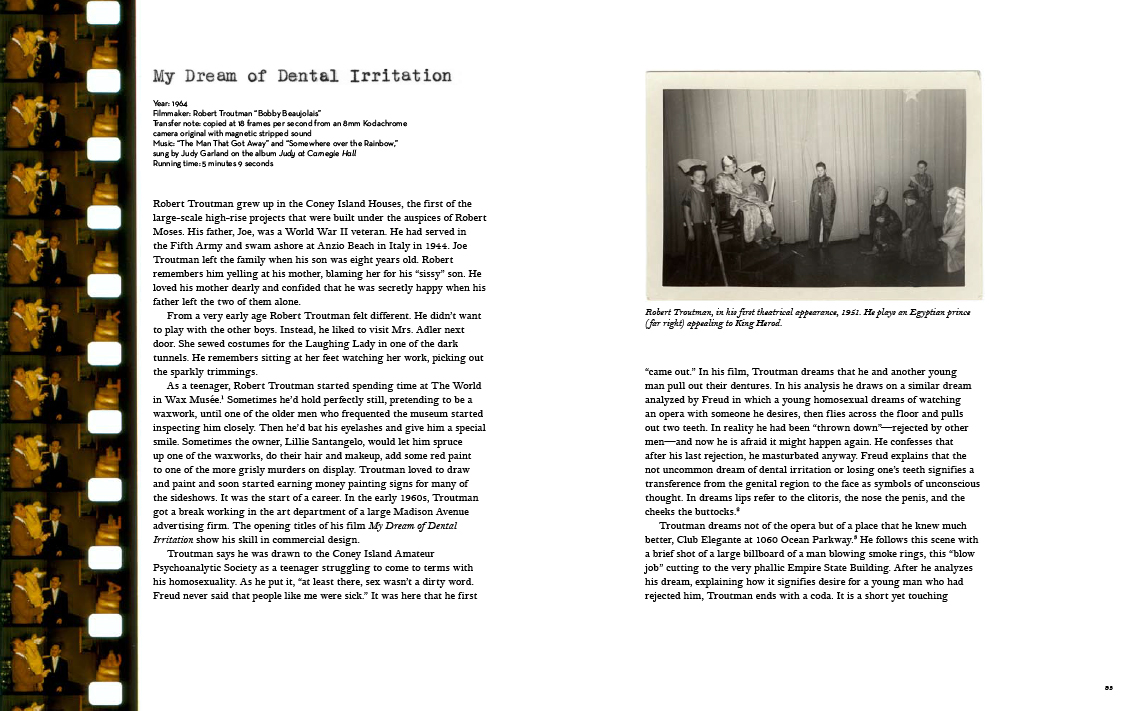All five books reviewed in this issue live along permeable borders—between reality and invention, between one language and another, between the author and the conjured other, and between the worlds they exist in and the one you, the reader, inhabit. The authors—Zoe Beloff, Ann Carson, Christian Hawkey and Robert Seydel—take what they (possibly) know, investigate it to find its amorphous edge, then shape a universe of possibilities, of doubt and wonder, of dislocation and connection, of human frailty and the relentlessness of the imagination.
In the case of Robert Seydel, his use of fictional personas—Ruth Greisman in A Picture Is Always a Book and S. in Songs of S.—proceeds from an artistic ambition that rejects self-expression in favor of composing a self (or selves). Seydel says (in an interview): "Walt Whitman isn't only that boy 'starting out from Paumonak,' but 'Walt Whitman, a kosmos'—that is, an invention. The artist's job, according to Robert Henri and Jasper Johns, is to invent himself . . . The point is revelation and an opening outwards, an expansion into the air of art itself." In these five books, it's precisely "the air" that makes them so different from traditional, genre-bound books.
I'll note, almost as an aside, that—so far—no issue of The Improbable has had a planned organizing principle. These relationships between the books are entirely spontaneous. Last month's collection, which had so much to do with the fragmentary and the artifactual, came into being just as this one did: booksellers choose a book, are then assigned a deadline, and turn in a piece (almost always on time!). It makes me wonder about the particular nature (or natures) of the hybrid work. Rather than "the hybrid work" representing myriad possibilities, unconstrained and unbound from traditional paradigms, perhaps certain kinds of necessity (no-other-choice) drive the artist-writer beyond purely literature or the visual arts. I'm curious as to what the next issue will bring—I hope you are too!
—Lisa Pearson
p.s. The Improbable welcomes new reviewers Ryan Mihaly from Odyssey Bookshop in South Hadley, MA and Matt Carney from Green Apple Books in San Francisco. We've also got three returning reviewers, Sarah Gagnon and John Gibbs, both from Green Apple, and Kasia Bartoszynska from Seminary Co-op in Chicago. Also, check out the feature on The Improbable at Moby Lives.





